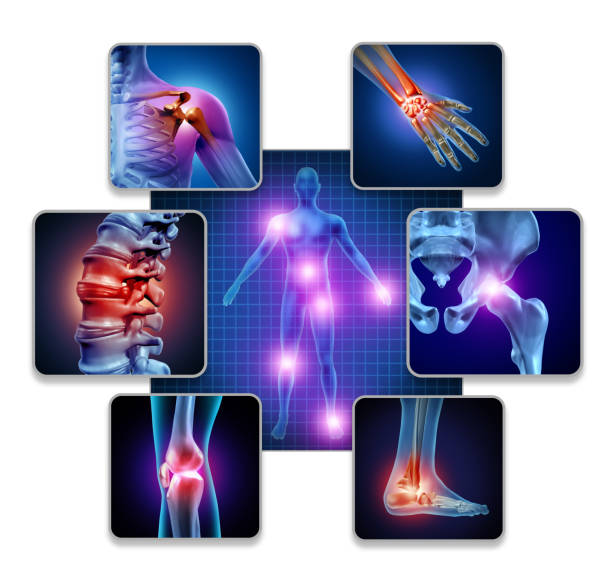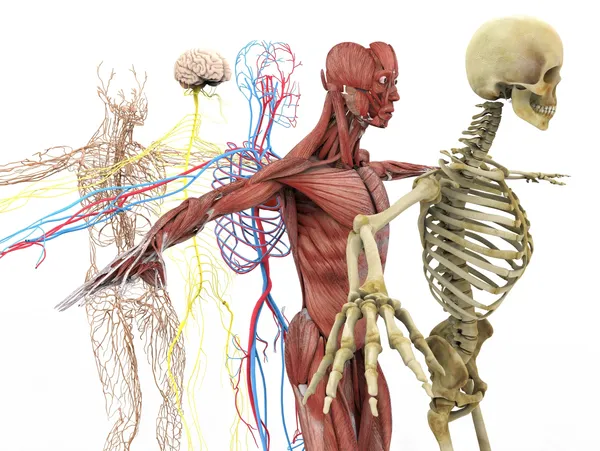This will be kicking off a series of blog posts based on Adriaan Louw’s book Why Do I Hurt—a Patient Book about the Neuroscience of Pain. All credit for the content goes to the book and the author. I highly recommend buying it if you’re interested. I intend to use the book, along with my own explanations and interpretations, to discuss the experience of pain, especially related to chronic pain, and what we can do about it.
Pain is a normal human experience. It’s a protective mechanism necessary for survival. When you touch a hot stove, pain lets you know to respond quickly to prevent further damage, even if your response is subconscious.
Sometimes the source of our pain is obvious and specific, like touching a hot stove. Other times, it’s more complicated and vague, especially with long-lasting pain.
Normally, it takes our tissues, like skin, muscle, tendons, and ligaments, about 6 weeks to 6 months to heal. So why can pain last for years? If your skin heals after a burn but your hand still hurts a year later, something else is happening. This leads us to an important concept: pain does not always equal tissue damage. The amount of pain we feel isn’t necessarily proportional to the amount of injury. We can have severe injury with little to no pain, or minor or non-existent injury and feel a lot of pain.
Human body joint pain concept as skeleton and muscle anatomy of the body with a group of sore joints as a painful injury or arthritis illness symbol for health care and medical symptoms with 3D illustration elements.

As we learn more about neuroscience, we’re understanding the crucial role that the nervous system (nerves, spinal cord, and brain) plays in generating pain, especially chronic pain. Chronic pain lasts longer than the normal healing time of tissues.

When dealing with pain, no matter how long it’s been going on, we often need to focus on things like moving better, relaxation, manual therapy, stretching, strengthening, and appropriate sleep and diet. Understanding how pain works makes the recovery process easier and more successful. Education gives us hope for recovery and puts some control back in our hands.
I’ll be sharing more posts as we go through the chapters of “Why Do I Hurt.” Stay tuned!
(“Why Do I Hurt – a Patient Book About the Neuroscience of Pain” by Adriaan Louw)
Fill out the form below and we will get back to you shortly on scheduling your appointment date!

CONTACT:
833-4 WE HEAL (833-493-4325)
Fax: 833-918-2233
[email protected]
WORKING HOURS:
Monday – Friday
8:00AM – 5:00PM